January 29 2017.Queen Elizabeth National Park, Uganda. A year ago I had the chance to participate in a small-group trip to Uganda’s Queen Elizabeth Park. I gave it a miss mostly because it was a bit expensive and partly because I didn’t know enough about the group. I also think I had the false impression thatQueen Elizabeth Park was the Disney World of game parks criss-crossed by zebra-striped tourist busses; I was quite wrong.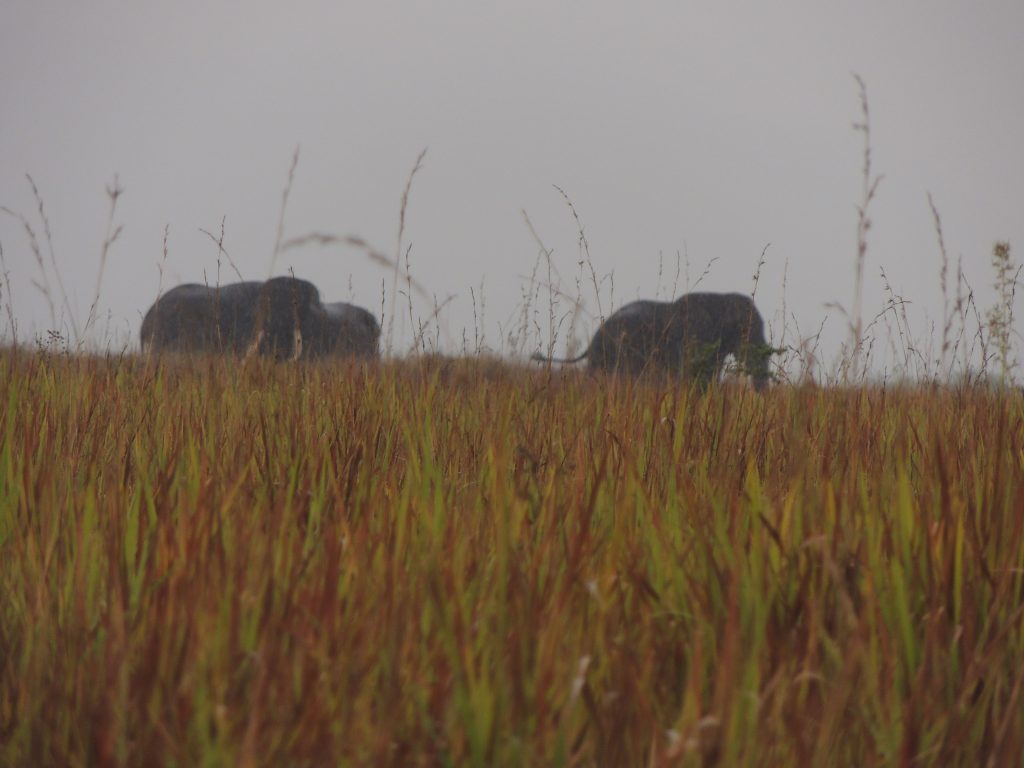
QE, as it is affectionately known, is big, fascinating, full of animals and not at all too touristy. I spent a couple of days in the park this time around. Yes there are plenty of Toyota Land Cruisers poking around the numerous tracks in search of Lions, I was in one of them. And yes we did find Lions although it wasn’t quite the MGM Lion framed by his tawny golden mane. We came upon a group of five lolling around in an area of recently burned grass. I’m not sure whether the collective noun ‘pride of Lions’ applies in the absence of an big-maned alpha male, but no matter, the five of them looked pretty magical and I had time to contemplate what a privilege it was to be there gazing at Lions as they should be seen.
The scene would probably be incomplete without some vultures hanging around nearby. Fortunately it didn’t take long for my guide Robert to point out a classically hunch-backed group loafing on a suitable flat-topped tree; they were waiting for something meaty to come to an unhappy ending I suppose. From the comfort and safety of our Land Cruiser we determined they were African White-backed Vultures. Lions and vultures, what could be more fitting?
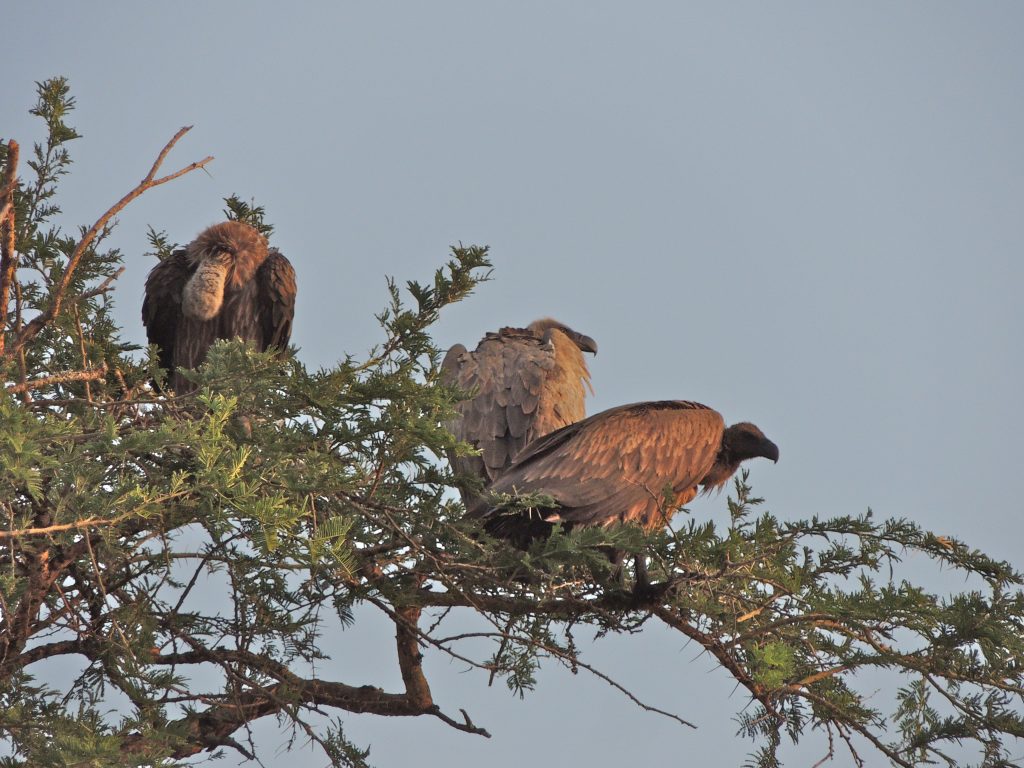
(A longish digression here to re-visit my passing reference above to the safety of our Land Cruiser. Yesterday I had asked Robert whether it would be safe to get out of the vehicle when we’re in QE Park. His answer was essentially about common sense: If there’s a Lion or Water Buffalo (or anything big) at hand, then stay put. But if there are no animals close, by all means step out – using common sense and caution. You’d really wonder why I thought it necessary to ask, wouldn’t you?
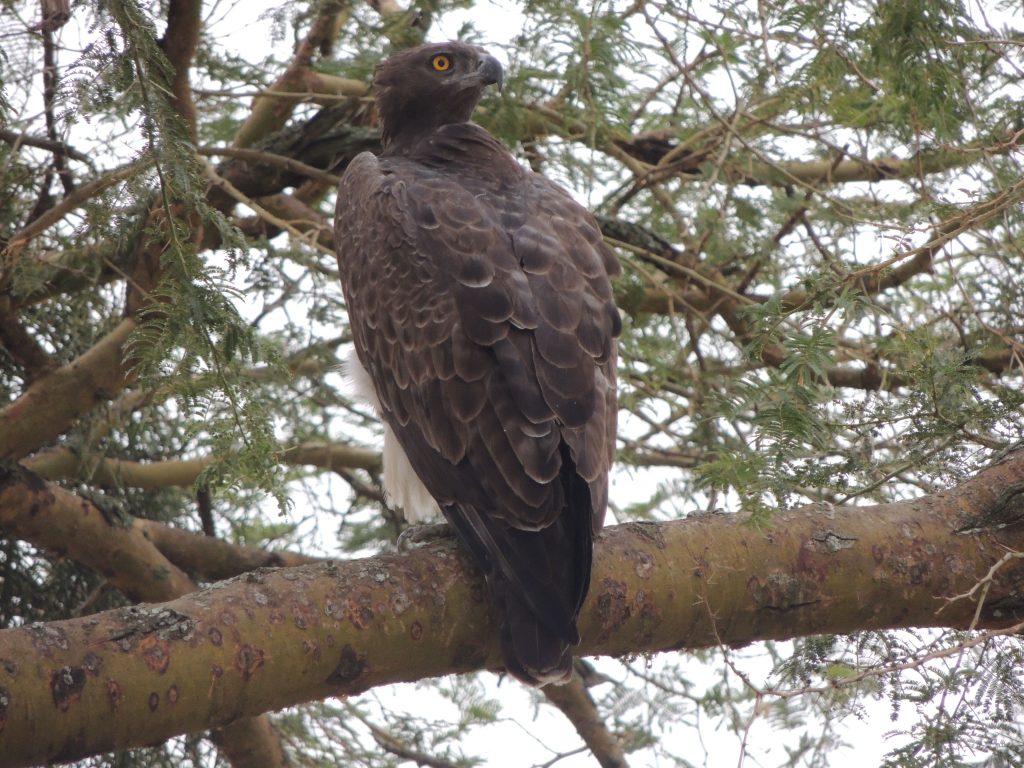
But then, a little earlier, just today, we had stopped at the side of a fairly well-used paved road to scrutinize what turned out to be a Martial Eagle standing guard over it’s nearby nest, To get a better viewing angle we both got out and warily stepped off the pavement to where a recent fire had cleared the grass; just burnt stubble. Unthinkingly I took another step or two into some longer grass and Robert then promptly called out to get back. Oh yes, I thought, we’d talked about this sort of thing yesterday; wander at your (extreme) peril. He didn’t admonish me as perhaps he should, but pointed out gently that in long grass you would never see a motionless leopard – or a python. I do understand about leopards and how they are so brilliantly camouflaged but I had never given pythons a moments thought. But it’s a fact, according to Robert, that a python will take down and contentedly digest one of the many antelope-type creatures that roam this incredible park. It quite chilled me to contemplate the idea of a python coiling the breath out of me, unhinging its jaws and enveloping me in its digestive tract!)
QE National Parka has endless things to see, it’s a come-and-see-it-place, a wild park, not a man-made attractions sort of destination; with the exception, that is, of a boat ride on the Kazinga Channel. I realize that the geography of this part of Africa is sketchy in most minds, but just to set the stage a bit, there are some pretty big lakes hereabouts. Two of them fall within QE, Lakes Edward and George and they are connected by the 20 Km-long Kazinga Channel. The channel is about a kilometre wide for most of its length and is flanked by 100m-high banks and forested flat land along the shore.
And what a boat ride! My prejudice against tourist traps had me feeling rather soppy wearing a life jacket (a.k.a life preserver) seated in close ranks with forty or fifty others. I discarded my life preserver when it occurred to me that if the boat should come to some kind of unfortunate end, those so-called preservers might only keep you fresher longer for the countless, patient Nile Crocodiles. Still, putting that aside, that two hour cruise is I think perhaps one of the best birding experiences to be had in the entire world; and that’s not even taking into account the rafts of all-but-submerged Hippopotami, or the pedantic African Elephants pulling down long green branches for a twiggy lunch.
I have several times looked over my day’s notes to see if there could possibly be a Bird of the Day among the fifty or sixty species we saw; there wasn’t. From the earlier Martial Eagle through African Black Skimmers, Ruffs, African Wattled Lapwings, African Jacanas, Battaleurs, (an impossibly large eagle), Marabou Storks, Yellow-billed Storks, Squacco Herons, Grey-headed Gulls and White-winged Terns, it was breathtaking.
One of the easiest birds to photograph was the African Fish Eagle, indeed a pair of them sat quietly as our tour boat drifted by. Other than the inescapable majesty of an eagle anytime, anywhere, the only thing that gives this bird a little more intrigue is that it is so closely related to North America’s Bald Eagle and Eurasia’s White-tailed Eagle. Not only is it in the same family but also the same Sea Eagle genus Haliaeetus. But in true African style this one goes a step further than either of those basically black and white cousins and has dark chestnut undersides. A magnificent bird; but then they all are.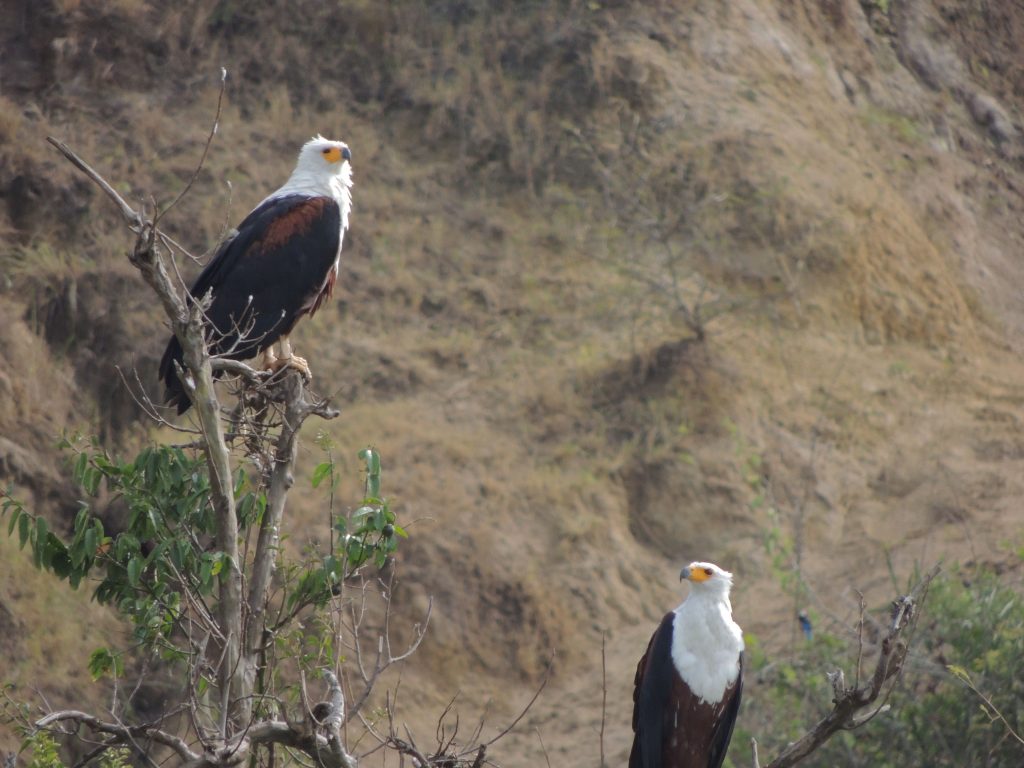
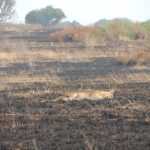
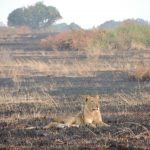
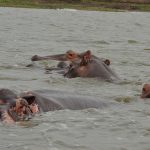
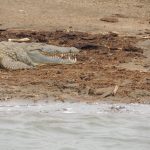
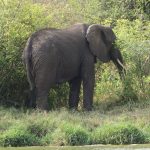
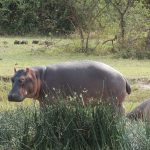
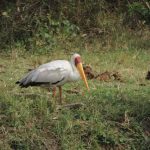
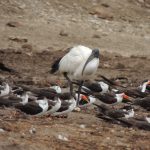
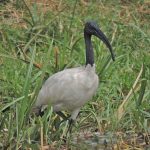
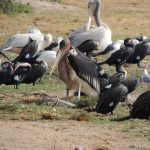
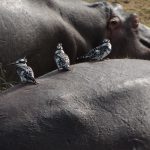
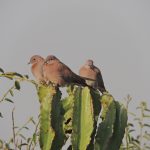
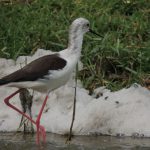
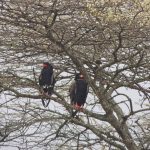
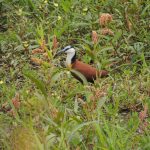
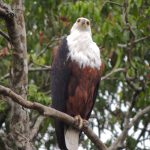
I’m glad you’re back in one piece and not two-thirds of the way through the digestive tract of a python. I love these posts.